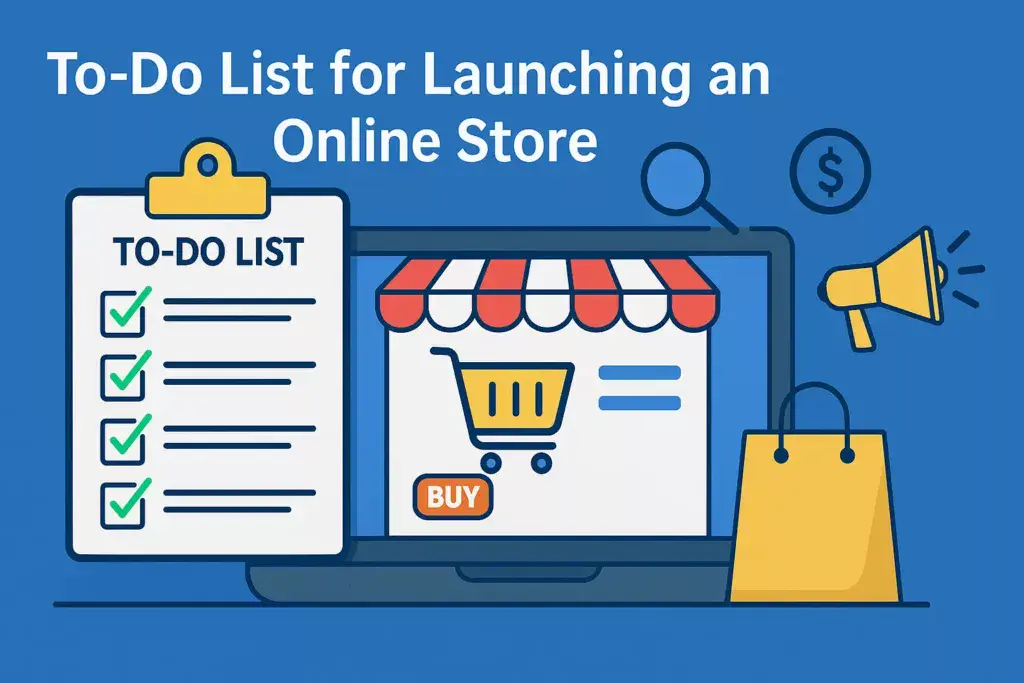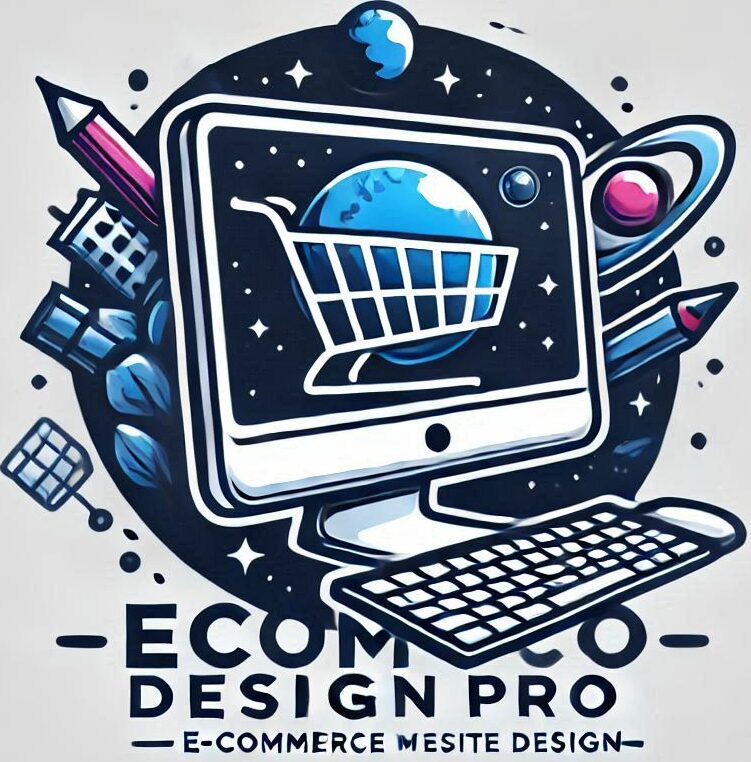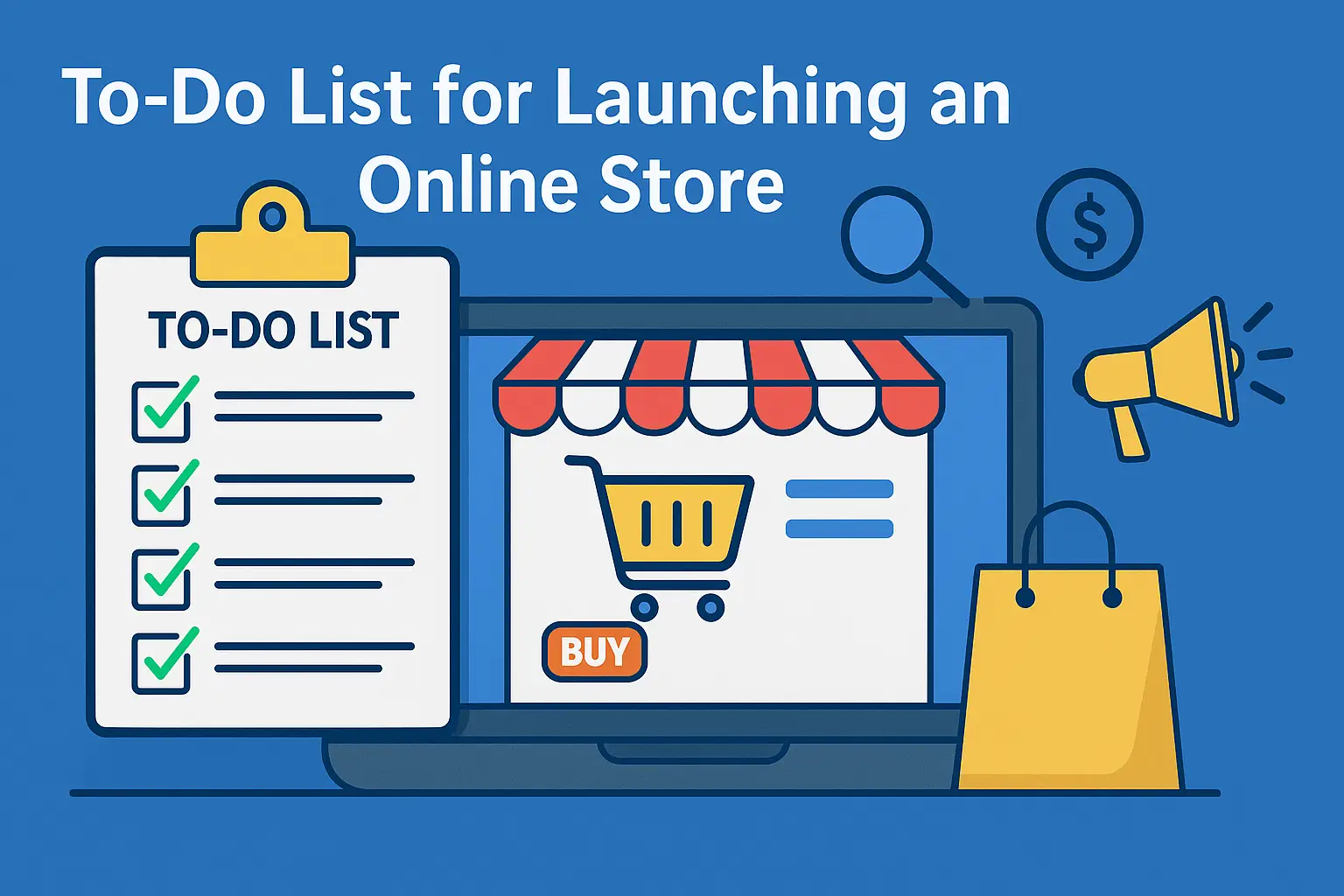
Diving into e-commerce without knowing your audience is like setting sail without a map. Identifying and truly understanding who will buy your products is crucial. Think about their age, lifestyle, shopping habits, and what really gets them ticking. It’s this insight that shapes not only your products but also the way you market them later.
Trends are a thing, but not just any trends. Hop onto trends that make sense for your niche and offer sustainability in the long run. Research isn’t just a step; it’s a necessity. Analyze what’s peaking interest, and more importantly, gauge where your products fit in. Whether it’s tech gadgets or vegan skincare, staying updated keeps you in the front row.
Picking the right e-commerce platform isn’t a one-size-fits-all deal. Your choice here sets the tone for your operations ahead. Platforms like Shopify, WooCommerce, or BigCommerce each have their strengths, so weigh them against your specific needs and budget. This decision impacts everything from your store’s look to its backend functionalities.
Let’s not forget the legal stuff—it might not be the fun part, but licensing, permits, and staying compliant with e-commerce regulations is non-negotiable. Make sure all your paperwork’s in order before anything starts ticking.
Your brand is your identity, right? It’s not just about picking a catchy name or pretty logo. Crafting a compelling brand strategy reflects what you stand for and how you want your customers to feel. Your value proposition should resonate both in design and message, setting you apart in a crowded digital marketplace.
Crafting an Unforgettable Shopping Experience: Design and Content
The way your online store looks and navigates isn’t just a design choice; it’s a major part of how customers experience your brand. A clean, intuitive layout makes it easy for customers to find what they’re looking for, reducing bounce rates and helping them get straight to checkout. Use clear calls-to-action and ensure your navigation menus are straightforward.
When it comes to online visibility, SEO is your store’s best friend. Creating relevant content that incorporates keywords naturally will help drive organic traffic. Blogs, product descriptions, and category pages should speak to the customer’s needs and interests, providing real value while also signaling to search engines that your store is worth visiting.
Product descriptions shouldn’t be just a list of features. Craft narratives that highlight the benefits and showcase how products fit into a customer’s lifestyle. Create a story around the item, and make the buyer feel it’s not just a purchase, but an upgrade to their life.
High-quality imagery is non-negotiable. Images should capture details and entice the viewer. Use multiple angles, zoom functionality, and lifestyle shots that show the product in context. Add video content if possible to give customers a 360-degree view.
Mobile optimization cannot be overstated. With an increasing number of consumers shopping from their phones, your store needs to offer a seamless mobile experience. From quick loading times to mobile-friendly designs, ensure every element feels like it was built for a mobile-first world.
Marketing and Promotion Strategies: Capturing the Market
Digital marketing is where the real magic happens, helping your store get the spotlight it deserves. Social media platforms like Instagram and Facebook are not just for selfies; they’re powerhouses for reaching your audience, engaging with them, and even selling directly. And don’t underestimate the power of a good email newsletter to keep current and potential customers up to date with your latest offerings.
Collaboration is a secret weapon in promotion. Teaming up with influencers or affiliate marketers can massively extend your reach. Choose partners who resonate with your brand and values, so their followers become your potential customers. It’s like getting a personal recommendation from a friend.
Paid ads can drive a ton of traffic, but it’s crucial to play it smart. Start with a budget that fits your strategy and test different ad creatives. See what works best before investing heavily. You want the ultimate combination of cost-effectiveness and reach.
Turning customers into a community is gold. Encourage reviews and testimonials, showcase them prominently, and interact with this feedback. It adds a layer of trust and authenticity, nudging new customers towards purchase decisions they’ll feel good about.
Measuring what works and what falls flat is how you evolve your strategy. Identify key performance indicators (KPIs) like conversion rates and customer acquisition costs. Keep an eye on these stats to tweak and enhance your approach, ensuring long-term success.
Launch Day and Beyond: Sustaining Growth and Excellence
That first day your store goes live is exhilarating, but it’s just the starting line. A smooth launch depends on coordination and timing—everything from ensuring your stock back-end is on point to rolling out a concentrated marketing push. The aim is to create buzz and get those initial eyes on your site.
Customer service should never be an afterthought. From day one, ensure you’re ready to attend to inquiries and issues. Quick, courteous service helps build a positive reputation and encourages word-of-mouth referrals.
Success isn’t about resting on your laurels. Analyzing sales data, customer feedback, and browsing patterns helps you pivot your offerings and strategies. Continuous improvement keeps your store relevant and your customers coming back.
Setbacks are inevitable, but being adaptable means turning challenges into learning curves. Stay ready to tackle technical glitches, stock issues, or marketing mishaps with a backup plan and a calm attitude.
Finally, think about the long haul. Sustaining momentum requires you to plan for growth, whether it’s expanding your product line, entering new markets, or investing in technology improvements. Each step should build towards a future-proof business.



This article offers a comprehensive and insightful roadmap for launching an online store. I particularly appreciated the emphasis on understanding your target audience—recognizing their habits and preferences is foundational for effective marketing and product development. The guidance on selecting the right e-commerce platform and ensuring legal compliance is practical and crucial for long-term success. Additionally, the focus on crafting a compelling brand strategy and optimizing the user experience underscores the importance of building customer trust and engagement. The tips on SEO, high-quality imagery, and mobile optimization are timely reminders of the technical aspects that can significantly impact an online store’s performance. This to-do list is a valuable checklist for anyone venturing into the e-commerce space. Thank you for sharing these actionable insights!
Hi Gila,
Thank you so much for your thoughtful feedback—I’m truly glad you found the to-do list helpful! You’re right: Understanding your audience is the backbone of any successful e-commerce strategy. When combined with the right platform, legal prep, and a strong brand presence, it sets a solid foundation for growth.
I’m especially happy the reminders on SEO, imagery, and mobile optimization stood out—those details often make the difference between average and exceptional performance. Wishing you all the best in your e-commerce journey, and thanks again for the kind words!
Best,
Thierry